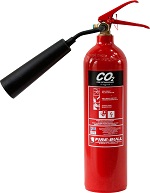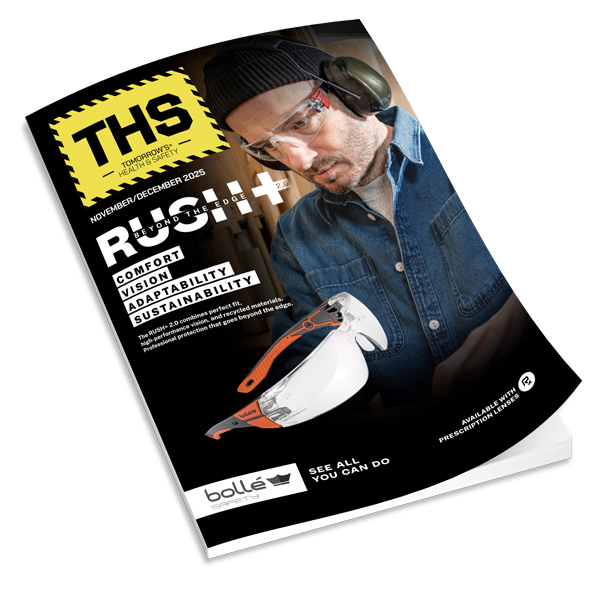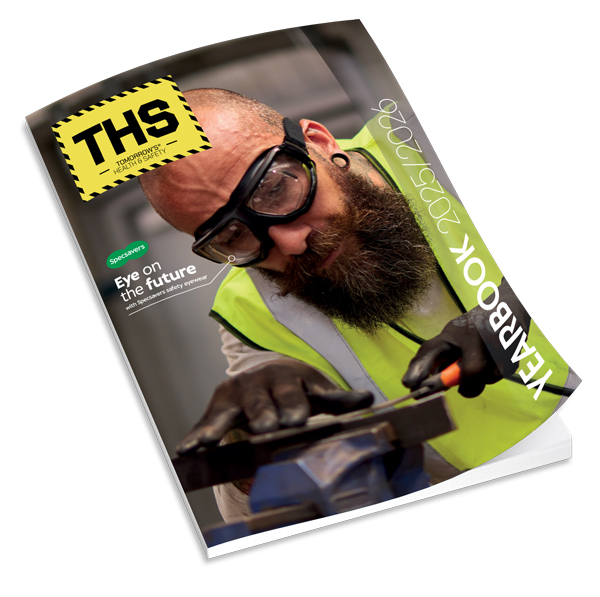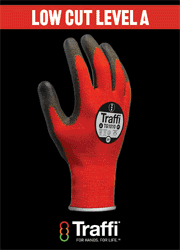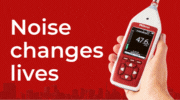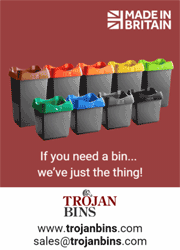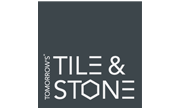Many businesses choose to delegate their fire safety maintenance and compliance to fire safety specialists, but companies on a site or in the workplace may not know the difference between each type of fire extinguisher.
Bull Products explain what every site worker should know about fire extinguishers, and the different types to use depending on the situation on site.
1. Water fire extinguishers
- Usually one of the most common extinguishers found on site.
- Colour-coded red and/or white
- Should be used for Class A fires that involve materials such as paper, wood, soft furnishings and plastic. Water fire extinguishers work by soaking and cooling the burning materials.
- If you are tackling an electrical fire, or burning fat or oil, water extinguishers are unsuitable. However water extinguishers with chemical additives increase the effectiveness of the extinguisher to provide additional fire-fighting power.
2. Foam extinguishers
- Labels are colour-coded cream.
- Foam extinguishers can be for Class A and B fires involving paper, wood, cloth or plastic, and flammable liquids including paraffin, petrol and oil.
- Foam fire extinguishers smother the fire with a foam film, starving the fire of oxygen whilst also cooling the burning materials.
- Much more versatile than water fire extinguishers, foam extinguishers are typically safer should the foam come into contact with live electricity.
3. Powder extinguishers
- Colour-coded with a bright blue label.
- ABC powder extinguishers, or dry powder extinguishers are multi-purpose extinguishers that can fight Class A, B and C fires – solids, flammable liquids and flammable gases.
- There are some additional hazards staff should be aware of including inhalation risks (they should never be used in small spaces), limitations to vision, and the risk of the fire reigniting. Plus, powder extinguishers leave messy residue, making the clean-up operation an even greater challenge.
4. CO2 extinguishers
- Colour-coded black and includes a horn for increased safety during use.
- Suitable for Class E fires involving electrical equipment as well as Class B liquid fires. Carbon dioxide suffocates the fire leaving no residue, unlike foam.
- If there is an electrical fire, it is important to eliminate the source of the fire (e.g. by cooling the source or turning off the power supply in the case of electrical fires) to prevent the fire from reigniting.
- You staff should ensure they ventilate the area as soon as the fire is under control in order to prevent asphyxiation.
5. Specialist wet chemical extinguishers
- Colour-coded canary yellow.
- Mainly used in catering or cooking areas and used for Class F fires cooking oils and fats.






